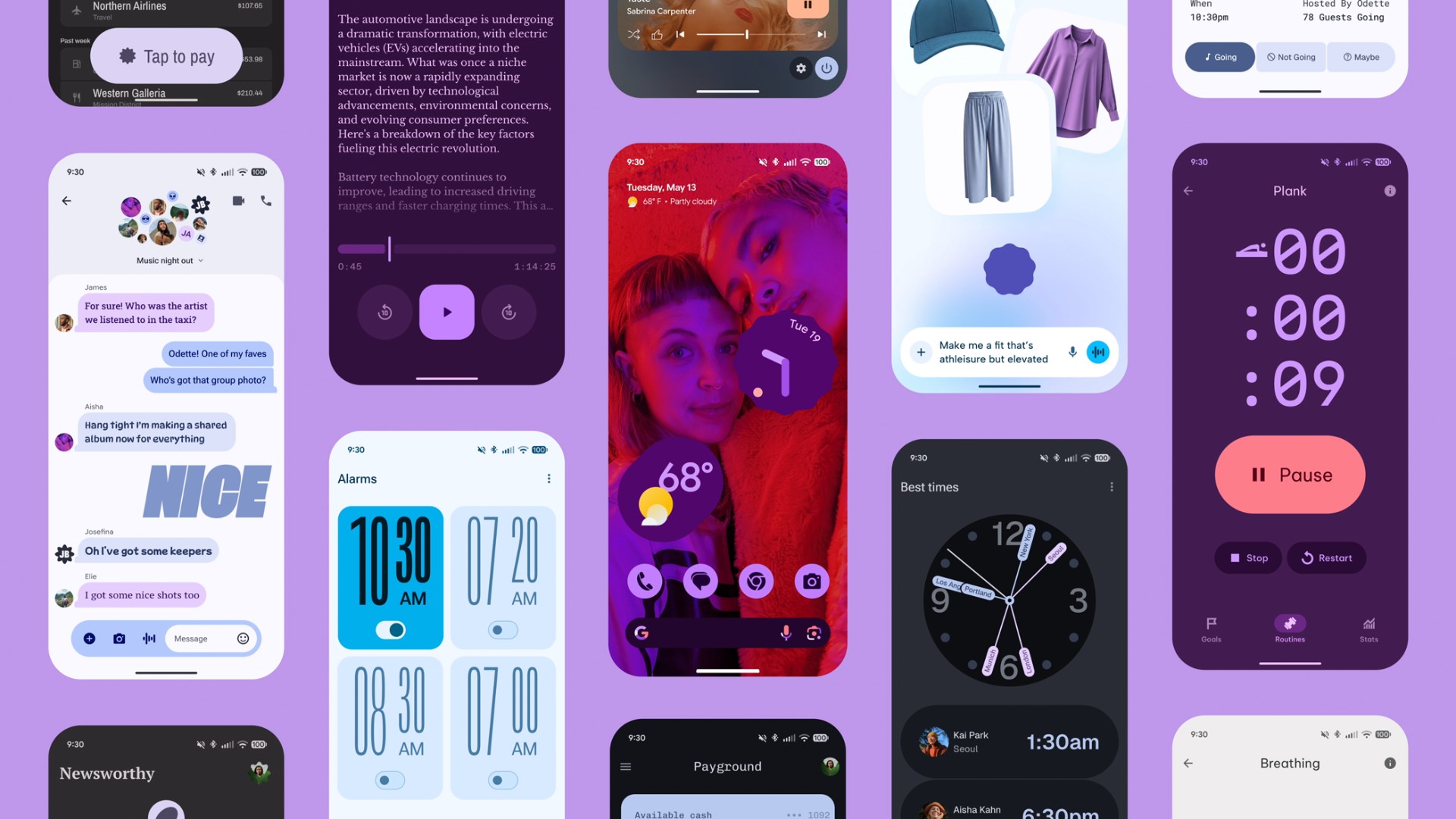Robert Triggs / Android Authority
Protecting our expensive new smartphone is a top priority for many of us, and online marketplaces are flooded with options, from cases to display protection. An increasingly popular product segment is camera lens protectors, which obviously make a lot of sense if you’ve just spent over $1,000 on one of the best camera phones on the market.
While sticking a cheap layer of plastic or even glass in front of your high-precision camera might help protect it from scratches, there’s a risk that it will lower the quality of the pictures you take. Not necessarily because a protector will defocus or blur your images — something this close to the lens is unlikely to do that — but even a very transparent, high-quality protective layer will slightly reduce the amount of light reaching the sensor. In the worst case, introducing impure optics may exacerbate issues like edge aberration and lens flare, or reduce the amount of detail captured. Not what you want from a top-tier camera phone.
Do you have a lens protector on your phone’s camera?
39 votes
To see just how much of a problem this might be, I grabbed some very cheap, no-brand protection packages for under $10 from the sea of options on Amazon. I also purchased the more expensive Spigen GlasTR EZ Fit Optik for my Samsung Galaxy S25 Ultra ($18.99 from Amazon) and Google Pixel 9 Pro XL ($14.99 from Amazon) to see if there’s any difference between the budget and premium options. The results are quite surprising.
Before we get to that, though, we need a word on application. Ensuring the proper fit — free from air bubbles and dust — is key to setting up these protectors correctly. Get that wrong, and your pictures are bound to look bad no matter what. Thankfully, all four kits I chose came with dust cloths and tape to help remove grime. However, one of the cheaper options didn’t include a template mold to aid with application, making it trickier to apply to the Pixel.
Now for the pictures. I must admit, I found it surprisingly difficult to tell many of the images I took apart. I’d really expected the cheap lens protectors to absolutely ruin colors and detail, but in all honesty, the results on both phones were often essentially indistinguishable — at least when viewed in full-frame and taken in bright daylight.
Looking at the photos above, the Pixel 9 Pro XL’s cheap lens protector is perhaps a fraction more washed-out and less detailed, but that’s in rather dim light. Likewise, there may be a touch more warmth and saturation without the lens protector on the Galaxy S25 Ultra, but there’s really not much in it. Both of these phones seem powerful enough not to be bothered too much by an extra bit of glass in the way.
It’s often hard to tell, but lens protectors can subtle change your photos.
After snapping a few more samples, I eventually hit a more consistent theme of washed-out colors and subtle changes in exposure. The common thread is that these pictures were taken in difficult lighting, requiring HDR processing to balance the exposure. Again, the results aren’t bad, but this hints that issues with cheap lens protectors might show up in more extreme lighting conditions.
In the next set of shots, I took the difficult lighting setup up a notch with both dim window light and strong backlighting. The Pixel 9 Pro XL again shows a loss of fine detail with the added protection, while the Galaxy S25 Ultra looks noticeably washed out due to reduced dynamic range from the lack of light making it through the lens protector. There’s also a hint of lens flare on the right side.
Again, the results aren’t so terrible that you’d necessarily notice without a side-by-side comparison. But that, in itself, proves that you could be sacrificing image quality by opting for a very cheap lens protector without even knowing it.
Cheap lens protectors can result in washed out colors and soft detail.
OK, so what about the more expensive lens protectors? Well, they certainly don’t solve all the lens flare, desaturation, or softness issues. Still, the results I obtained looked even closer to the natural look of both cameras. Even when pixel-peeping or shooting in tricky lighting conditions, the higher-end lens protectors held up better. Just take a look at these zoom shots below, where the smaller sensors rely on as much light capture as possible.
Overall, my experience with both cheap and more expensive lens protectors hasn’t been the disaster I expected — at least from an image quality perspective. However, I can’t vouch for how well they’ll save your camera from a major drop.
When I started this article, I was sure I’d dismiss cheap lens protectors entirely. But I’ve been somewhat surprised: the ones I tested don’t necessarily make your photos look rubbish. In fact, many of my shots came out hard to tell apart, even with a cheap lens protector. The prevailing theme is just slightly undersaturated colors.
That said, I still took enough examples where a cheap lens protector resulted in a more substantial loss of detail and dynamic image, particularly in low-light and HDR scenes. As such, I certainly wouldn’t recommend them to avid photographers, plus other options may perform much worse than the two I chose.
For the very best results, shoot without anything covering your lens. That said, photographers who absolutely must protect their lenses from scratches should consider spending a little extra on a higher-quality protector. Premium kits are easier to apply, often include spare sets, and perform better in tricky lighting. Spend just a tiny bit more on protection from a reputable brand, and your photos will thank you.
Thank you for being part of our community. Read our Comment Policy before posting.



